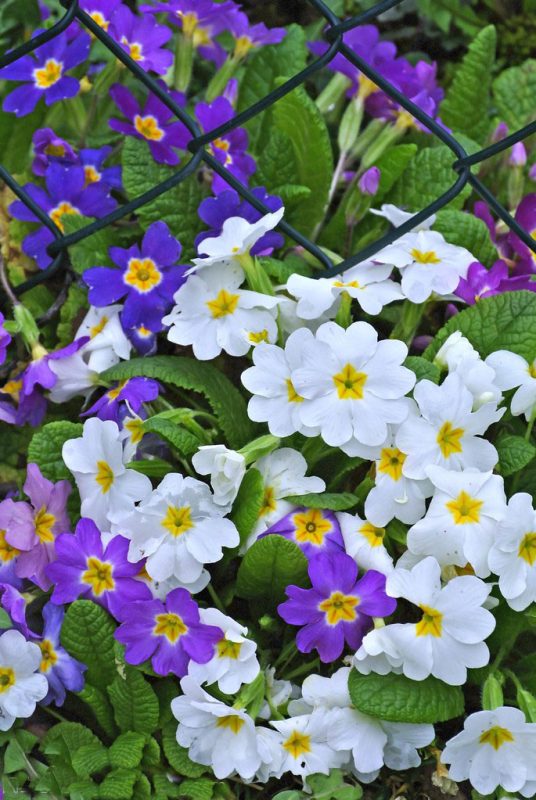
Primula was introduced into Europe at the end of the 19th century, and has been widely cultivated all over the world, and there are many horticultural varieties, which are cultivated in various places and are quite ornamental.
Primula is a typical temperate plant flower. Most species are distributed in higher latitudes or high altitudes, where the growth environment is humid, such as open fields and ditch sides, and is suitable for altitudes of about 1800-3000 meters. It likes a cool, humid environment and well-drained, humus-rich soil. It is not resistant to high temperatures and direct sunlight, and most of them are not resistant to severe cold.
According to legend, there was a young man in ancient Greece who had a fiancée. After getting engaged, they looked forward to their wedding day every day.
However, the girl fell ill and eventually died. The young man lost all hope, and later passed away because of excessive grief. The fairy was moved by this, so he turned it into a primrose, which bloomed next to the girl’s tombstone. Later, the primrose has the meaning of poignant love.
General domestic primroses are suitable for cultivation in neutral soil. Frost-resistant, early flowering, can also be arranged in flower beds, suitable for long-term growth in shady slopes or semi-shady environments, like humus soil with good drainage.
Garden use: Primula is small and exquisite in plant type, with many varieties and shapes, bright colors and long flowering period. It is an indoor potted flower in winter and early spring. It is mostly placed on indoor dining tables and desks for decoration and decoration. You can also cut flower branches to make small bouquets, or keep them in water in vases.
